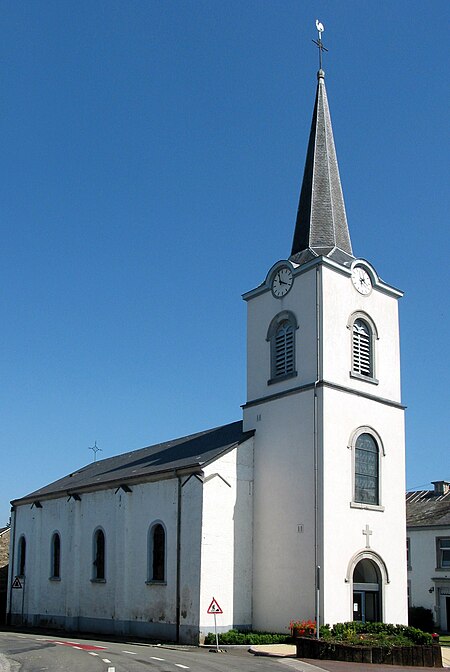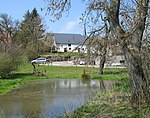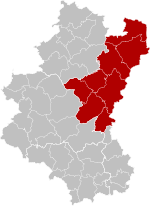Sainte-Ode
Belgian Luxembourg geography stubsMunicipalities of Luxembourg (Belgium)Pages with French IPASainte-Ode

Sainte-Ode (French pronunciation: [sɛ̃t ɔd]; Walloon: Sinte-Oude) is a municipality of Wallonia located in the province of Luxembourg, Belgium. On 1 January 2007, the municipality, which covers 97.87 km², had 2,305 inhabitants, giving a population density of 23.6 inhabitants per km². The municipality consists of the following districts: Amberloup (town centre), Lavacherie, and Tillet. Other population centers include:
Excerpt from the Wikipedia article Sainte-Ode (License: CC BY-SA 3.0, Authors, Images).Sainte-Ode
Rue des Trois Ponts, Sainte-Ode
Geographical coordinates (GPS) Address Nearby Places Show on map
Geographical coordinates (GPS)
| Latitude | Longitude |
|---|---|
| N 50.033333333333 ° | E 5.5333333333333 ° |
Address
Rue des Trois Ponts 7
6680 Sainte-Ode
Luxembourg, Belgium
Open on Google Maps






